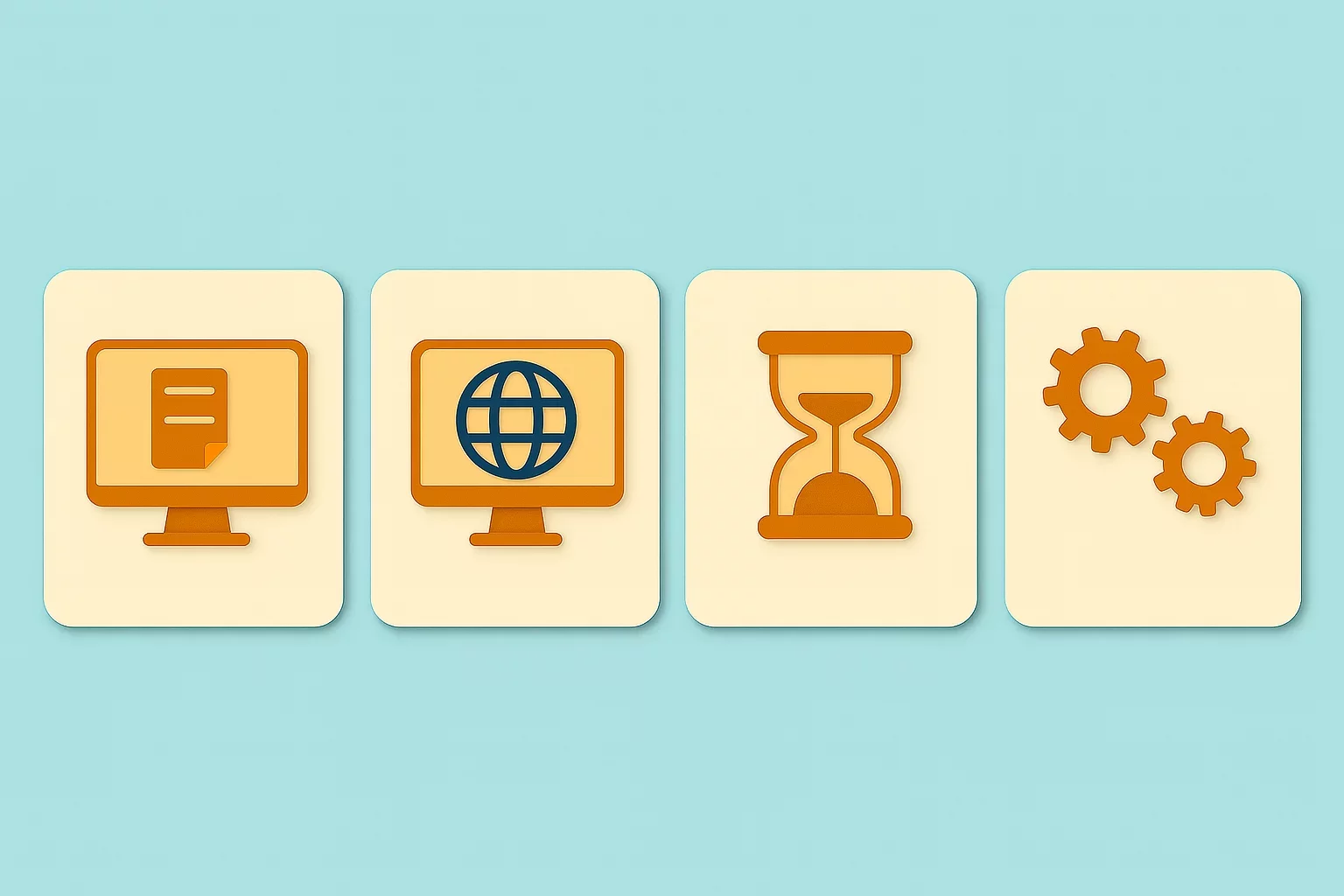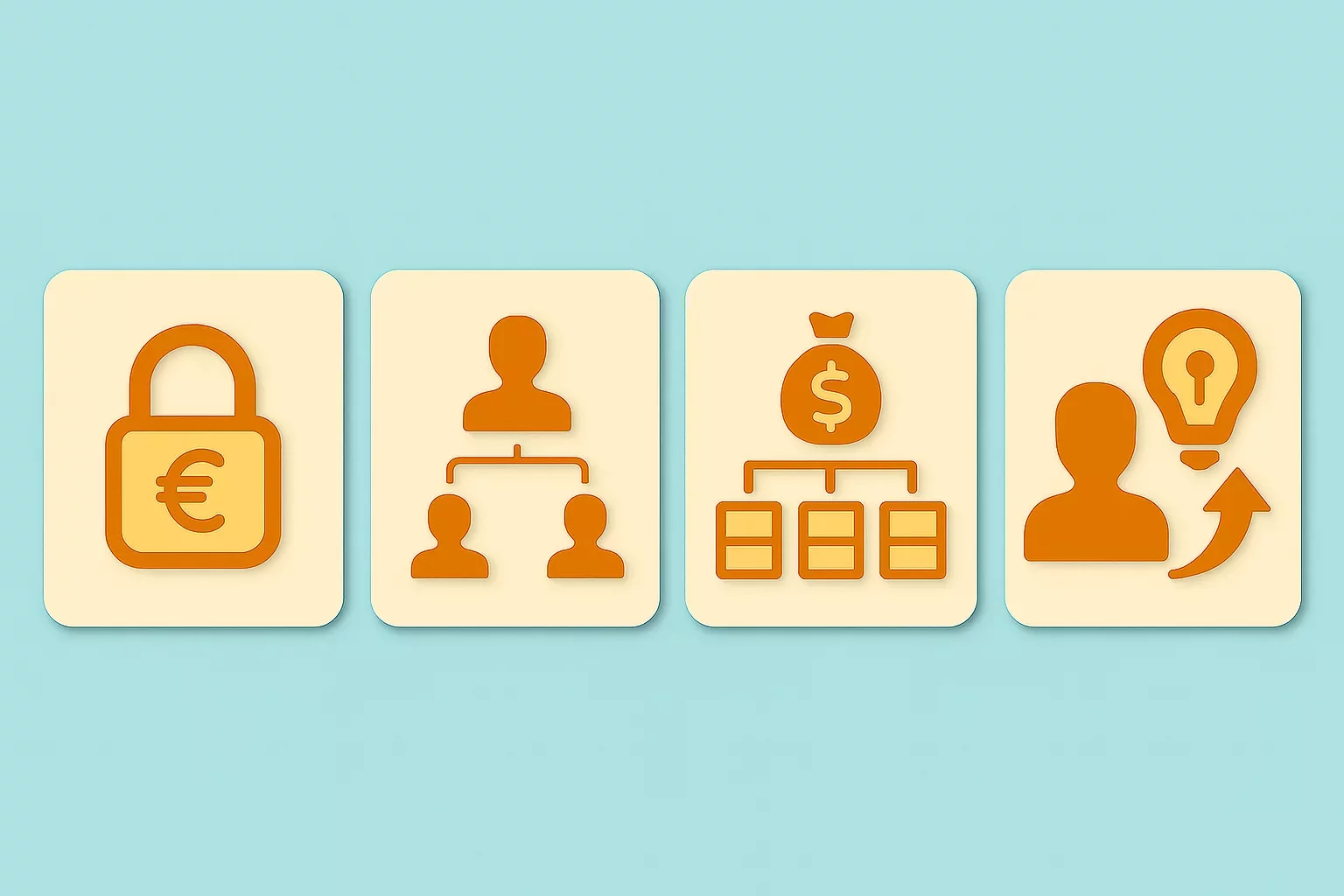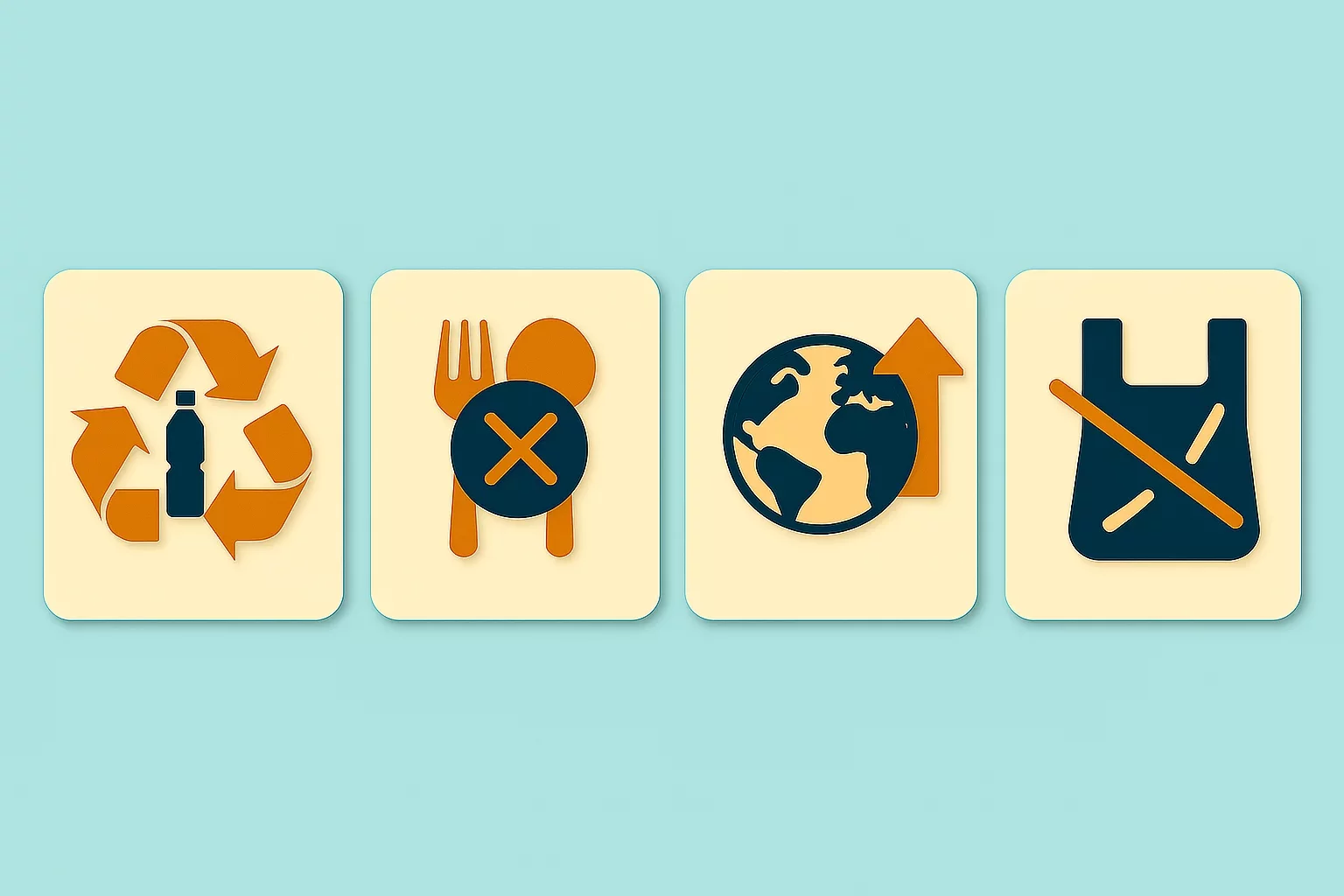SII or Verifactu: A Dilemma for Businesses Operating in Spain
-qhdbapy0qr.webp)
Summary
Spain’s new Verifactu system, launching on January 1, 2026, will add new regulations on invoicing software to combat tax fraud and improve transparency. Businesses must decide whether to continue with the Suministro Inmediato de Información (SII) or transition to Verifactu, which will impact compliance costs, system investments, and future reporting requirements under the EU’s ViDA initiative. This article compares both systems, offering insights into their implications for businesses.
Key Takeaways:
SII is a VAT reporting system for large businesses, while Verifactu focuses on technical standards for invoicing software to prevent fraud.
Starting January 2026, all businesses using electronic invoicing must comply with Verifactu, except those already under SII.
Businesses should evaluate future compliance costs and system compatibility with the upcoming ViDA regulations.
After many years of work and implementation postponement, starting from January 1, 2026, the Veri*factu, often shortened to Verifactu, will be implemented in Spain. What appears to be a government move to reduce tax fraud, eliminate irregularities in billing software, and increase transparency in business transactions may seem like an additional compliance burden for businesses, especially small and medium-sized ones.
By integrating an existing system, such as the Suministro Inmediato de Información (SII), businesses may feel overwhelmed with questions about which system to use and how to plan for compliance, costs, software updates, and strategic decisions.
To bring this topic closer and reduce pressure on stakeholders, this article explains both systems, compares them, highlights key differences, discusses the impacts and challenges, and offers some conclusions for business owners and key stakeholders.
Understanding SII and Verifactu
The first thing that must be clarified is the basics of both systems, including the purpose of their introduction and implementation, who is subject to their reporting rules and requirements, what transactions fall under the scope of these requirements, and the frequency of reporting. Understanding this concept leads to understanding the key differences between these two systems, which ultimately helps businesses navigate the compliance process effectively.
Suministro Inmediato de Información (SII)
The SII system, developed by the Tax Agency, was implemented in 2017 as a means to manage VAT registration books electronically in Spain. Even though the aim was to establish a real-time reporting system, businesses subject to these reporting requirements must submit the required data within four days of issuing invoices. Transactions that fall under the scope of the SII system include B2B, B2G, and B2C transactions, as well as domestic transactions, intra-EU transactions, sales, and purchases.
Businesses subject to SII are large businesses with a turnover above EUR 6 million, VAT groups, and businesses registered in the REDEME system, which is the Monthly Refund Register. Since January 1, 2025, holders of bonded warehouses for gasoline, diesel, or biofuels included in the scope of the Hydrocarbon Tax, as well as business owners or professionals who extract these products from bonded warehouses, are subject to SII reporting requirements.
The system offers many advantages that make VAT management more efficient and transparent. For the Tax Agency, this system ensures the collection of high-quality information in a short period of time. Consequently, businesses have two sets of records: their own declared VAT books and the verified version in the Tax Agency’s electronic office, which also incorporates data from other taxable persons and the Tax Agency itself, making it easier for businesses to cross-check their information before filing their VAT return, reducing the risk of mistakes.
Even if there are any mistakes, businesses can correct them themselves without waiting for a formal request from the Tax Agency. Additionally, the SII modernized the way VAT books are kept, replacing outdated manual processes with a standardized digital format and reducing the number of forms that businesses must file. Finally, due to the faster exchange of data between companies and the Tax Agency, VAT refunds can be processed more efficiently, which is especially valuable for businesses with regular refund claims.
Verifactu
The Verifactu system represents a new set of rules for invoicing software that businesses and professionals must follow when using computer programs to issue invoices. The primary reason for developing this set of regulations was to enforce the anti-fraud measures introduced in 2021, aiming to ensure that billing systems cannot be used to hide, alter, or manipulate transactions.
In practical terms, the regulation requires invoicing systems, referred to as Sistemas Informáticos de Facturación (SIF) or Computerized Billing Systems, to meet strict technical standards. Every time an invoice is created, the system must also make a billing record, which is essentially a secure digital summary of the invoice.
The billing record contains a digital fingerprint of the invoice data, references to previous records to prove that no invoices are missing, and, in some cases, an electronic signature from the issuer. Additionally, every invoice must include a QR code, which allows anyone receiving the invoice to quickly send key data to the Tax Agency using a mobile phone, making checks easier and more transparent.
What we know as Verifactu is one of two specific types of billing systems allowed by the regulation. The Verifactu system will send the Tax Agency a structured summary of each invoice as soon as it is issued, providing the Tax Agency with near real-time oversight. In other words, the Verifactu should be seen as a system for issuing verifiable invoices.
Key Differences Between SII and Verifactu
Although there is an overlap between these two systems, they differ in purpose, scope, timing, and technical demands. SII is, at its core, a VAT reporting mechanism. Its primary purpose is to enable the Tax Agency to receive detailed invoice information quickly for large or qualifying taxable persons, thereby making VAT administration more transparent, refund processing faster, and anomalies easier to detect.
What SII does not do is directly impose a specific technical structure for invoice-issuing software in terms of immutability, QR codes, chained hashes, etc., except as necessary for transmitting the required fields. In contrast, Verifactu is a regulation that mandates specific technical and procedural features of the billing software itself. Therefore, the Verifactu not only regulates what is reported to the Tax Agency, but also how invoices are created, stored, secured, and audited.
Who falls under the scope of these two systems is also where they overlap, but differ. SII applies to large businesses, VAT groups, participants in the monthly refund regime, and those who opt in. Whereas, starting from January 1, 2026, Verifactu will be applied broadly and will include any business or professional using electronic or computerized invoicing software, except those already under SII.
Impact and Challenges for Businesses
Considering that those in the SII system are exempt from the Verifactu system, the real question is what businesses and individuals not part of the SII should do. They have two options before them. The first one is that they decide to use SII voluntarily, and avoid the Verifactu reporting. On the other hand, they can opt for Verifactu.
In any case, businesses may need to invest time and funds to set up or adjust systems, internal processes, and train staff to comply with these systems, which is especially challenging for small and medium-sized businesses. Additionally, an element of complexity is that those who do not comply with either of these systems will face penalties.
And, if this was not challenging enough, there are questions about the alignment of these systems with the upcoming ViDA mandatory adoption of e-invoicing, combined with real-time digital reporting requirements (DRR). On the one hand, the SII system is a fully operational and mature model of real-time reporting. In contrast, Verifactu is a newly established model that may become obsolete once ViDA requirements take effect.
Therefore, taxable persons must choose wisely which system they will use. If the Verifactu proves inadequate, businesses risk a double investment. The first to comply with Verifactu and later to invest in a system more suitable and compatible with ViDA’s DRR requirements.
Conclusion
The introduction of the Verifactu system presents a significant challenge for those not using the SII system or not subject to any other reporting requirement, as they must decide which system to adopt. While businesses already using the SII system are exempt from Verifactu, other companies and individuals are at the intersection. Nevertheless, when making a decision which system to use, businesses should not only consider current VAT and reporting requirements, but also upcoming changes on the EU level.
Source: VATabout, Spanish Tax Agency - SII, Spanish Tax Agency - Verifactu, European Commission

Featured Insights

Angola’s E-Invoicing Mandate: Phased Implementation Continues Into 2026
🕝 December 10, 2025
VAT Deduction and Business Succession: When Do Advisory Costs Serve the Company’s Interest?
🕝 December 8, 2025
Europe’s Plastic Fiscal Shift: Why Italy’s Plastic Tax Now Starts in 2027
🕝 December 3, 2025
The Decline of Low-Value Import Exemptions: Closing Gaps in Cross-Border E-Commerce
🕝 November 20, 2025More News from Spain
Get real-time updates and developments from around the world, keeping you informed and prepared.
-e9lcpxl5nq.webp)

-i6rki3jbad.webp)
-zp2n6zixoa.webp)
-d1a0q6n7mp.webp)

-vune1zdqex.webp)
.png)
.png)






